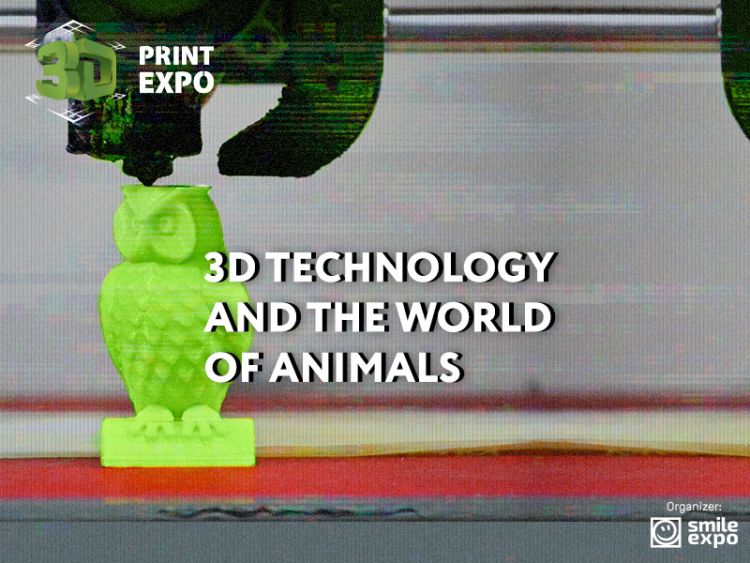Additive technologies and animals: how do 3D printers save lives?

3D technologies have already become widely used in building, manufacturing of cars, appliances as well as small details and accessories. Currently, they are applied for the production of prostheses for both people and animals. Let us delve into the nature of additive technologies and find out how they help treat animals and save their lives.
How are 3D technologies used in the animal world?
Additive technologies protect animals and save their lives in different ways. For example, they help combat poaching. The America-based biotech company Pembient manufactures materials that copy rhino horns.
3D printers are applied for printing of precious trophies that would enter the market instead of real horns. Thus, the company plans to decrease the product demand and price, which would eradicate poaching.
What is more, medicine is another segment where additive technologies are used. For example, prostheses, wheelchairs and other accessories.
Examples of 3D printer application to help animals
♦ Dog’s front legs
3D Systems manufactured prostheses of the front legs for Derby. The dog couldn’t run all the life for its congenitally disabled legs. Having tested several variants of prostheses and applied 3D technologies, the organization came out with the suitable option allowing the dog to move.
♦ A shell for a turtle
A shell of the turtle damaged during the fire was printed in Brazil.
The animal suffered severely because only 15% of the shell surface remained safe. The doctors managed to save the turtle due to additive technologies. They printed 4 necessary elements and granted the turtle life.
♦ A leg for a duckling
The 3D printing company NovaCopy manufactured a prosthesis for a duckling with a congenitally disabled leg.

The specialists made a scan of another duck’s leg to create several prostheses on its base. They include a special swimming prosthesis and a flexible one with a spring.
♦ Wheelchair for Chihuahua
The 3D company 3dyn designed the special equipment TurboRoo for a dog born without front legs.

A 3D printed wheeled cart allows the dog to walk no slower than healthy animals.
TurboRoo was one of the first puppies to get a 3D printed cart. Similar equipment currently helps many dogs.
3D technologies play an important role in animal saving. 3D printers allow vets to develop vital prostheses and other equipment helping living beings.
Join us at 3D Print Expo to find out more about additive technologies and their application. Visit the conference official website for details and registration.







